
How to toilet train a springer spaniel puppy?
When a fluffy springer spaniel puppy stumbles into the house on unsteady little paws, it brings not only endless joy but also growth tasks that require patient guidance.
The problem of dogs defecating randomly is like an unexpected episode, breaking this beauty and tranquility from time to time. If you can teach your dog to defecate on the toilet, it will not only keep the home environment clean and tidy, but also add a touch of civilization to the dog's life, making it more harmonious with our daily life. This seemingly challenging task is not difficult to achieve as long as you master scientific methods and invest enough patience and love.
Training a dog to defecate in the toilet and deeply understanding its defecation rules is the key first step. Dogs have a relatively fixed defecation time node physiologically. Usually within 15 to 30 minutes after eating, the stomach and intestines begin to move, and the body will feel the urge to defecate. The same is true when you just wake up. The waste produced by the body's metabolism during sleep needs to be discharged. When a dog is about to defecate, there will be a series of obvious behavioral manifestations. They will lower their heads and sniff around carefully on the ground, as if looking for a secret and suitable "little corner"; then, they may keep turning in place, as if measuring and determining the best position; some dogs will squat slightly, which is the most intuitive signal that they are about to defecate. These subtle movements are like the unique "code words" sent by dogs to us. As their owners, we must be as keen as experienced detectives to capture these signals. Because only by accurately seizing these key moments can training be like a ship sailing with the wind, with twice the result with half the effort. Once the dog shows the above signs, we should take it to the toilet with gentle and quick movements. This action is like lighting a bright light for the dog to point to the correct place to defecate.
Preparation plays an indispensable role in the training process. There are toilet training pads designed specifically for dogs on the market. The material is soft and comfortable, which can give dogs the sense of security they need when defecating on the toilet. At the same time, it also has good anti-slip properties to prevent dogs from slipping and getting injured during defecation. In addition, small toilet accessories are also a good choice. They can cleverly adapt to ordinary toilets at home to create a special "toilet space" for dogs. Place the training pad or accessories firmly on the toilet lid to ensure that it is stable and does not shake, just like building a safe and comfortable "small platform" for the dog. In the early stage of training, considering that the dog may not adapt to the new environment and is prone to mistakes, we can spread some old newspapers around the toilet. These old newspapers are like a "fault-tolerant space" built for the dog. Even if it fails to defecate accurately on the toilet at the beginning, it will not cause too much cleaning trouble, so that the dog will not have too much psychological pressure in the process of exploring and learning new skills.
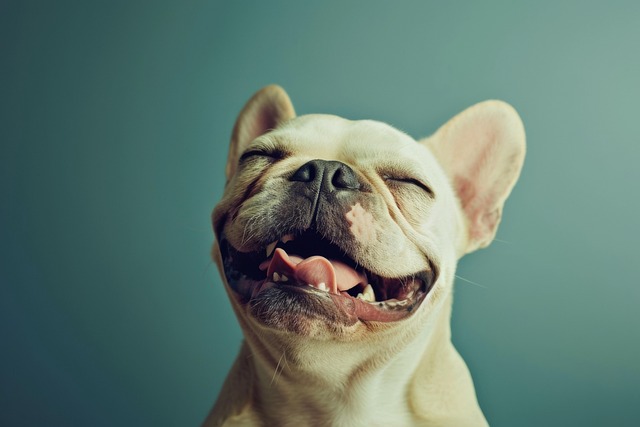 When the dog is brought to the toilet, it is very important to give it enough time and patience. It takes time for the dog to adapt to the new environment. Don't rush for success, and don't scold the dog loudly because it doesn't have a defecation reaction for a while. The emotional world of dogs is extremely delicate, and they are sensitive to the emotional changes of their owners. At this time, we should quietly accompany the dog and communicate with it softly in a gentle and encouraging tone, just like accompanying a child who is trying to overcome a problem. At first, the dog may be curious about this strange "defecation place", walk around the toilet, or even try to leave. But as long as we maintain enough patience, gently carry it back to the toilet again and again, and convey our expectations to it in a firm and gentle manner, the dog will eventually understand our intentions.
When the dog is brought to the toilet, it is very important to give it enough time and patience. It takes time for the dog to adapt to the new environment. Don't rush for success, and don't scold the dog loudly because it doesn't have a defecation reaction for a while. The emotional world of dogs is extremely delicate, and they are sensitive to the emotional changes of their owners. At this time, we should quietly accompany the dog and communicate with it softly in a gentle and encouraging tone, just like accompanying a child who is trying to overcome a problem. At first, the dog may be curious about this strange "defecation place", walk around the toilet, or even try to leave. But as long as we maintain enough patience, gently carry it back to the toilet again and again, and convey our expectations to it in a firm and gentle manner, the dog will eventually understand our intentions.
In the entire training process, positive reinforcement is an extremely effective method. Once the dog successfully defecates on the toilet, we should immediately give it a warm response. Praise it loudly in an excited and cheerful tone, such as "Baby, you are so awesome!" At the same time, quickly take out its favorite snacks as a reward. Although the dog's memory method is different from that of humans and is relatively simple and direct, they have a deep impression of this instant reward and praise. Through such positive feedback again and again, the dog will gradually establish a close connection between defecating on the toilet and getting rewards in his mind, so that he is more willing to actively repeat this correct behavior.
Of course, the road to training is not smooth sailing, and the dog may relapse. Sometimes, they forget the "rules" of defecating on the toilet because they are too excited about playing, their attention is attracted by the surrounding things, or there are some subtle changes in the environment, such as new guests coming to the house, changing the position of furniture, etc. When you find that the dog defecates in the wrong place, don't be angry or disappointed. We must clearly realize that learning new skills takes time and a lot of practice for dogs. Beating and scolding the dog will only make it feel fear and confusion. Not only will it fail to correct the wrong behavior, but it will seriously hinder the training process. At this time, we should quietly clean up the excrement, try not to show dissatisfaction, and then take the dog to the toilet again and guide it again.
As the training progresses steadily, we can gradually reduce the area of newspapers around the toilet. In this way, let the dog gradually get rid of its dependence on the large area of "tolerance area" and become more and more accustomed to the feeling of defecating on the toilet. At the same time, try to adjust the time interval between taking the dog to the toilet according to the dog's adaptation. In the early stage, you may need to take your dog to the toilet every 1-2 hours. As the dog gradually develops the habit, you can extend the time interval appropriately, so that it can gradually learn to sense the urge to defecate on its own and take the initiative to go to the toilet to defecate. This training process may take several weeks or even months. Dogs of different breeds, personalities and ages have different learning abilities and adaptation speeds.
Training a dog to defecate on the toilet goes far beyond the scope of simple behavioral training. It is more like a warm journey for us to grow together with the dog. In this process, we give the dog patience, care and careful guidance, and the dog can really feel it. When the dog finally learns to defecate on the toilet, it will be overjoyed because of our recognition and reward, and its eyes are filled with pride and satisfaction.

When a fluffy springer spaniel puppy stumbles into the house on unsteady little paws, it brings not only endless joy but also growth tasks that require patient guidance.
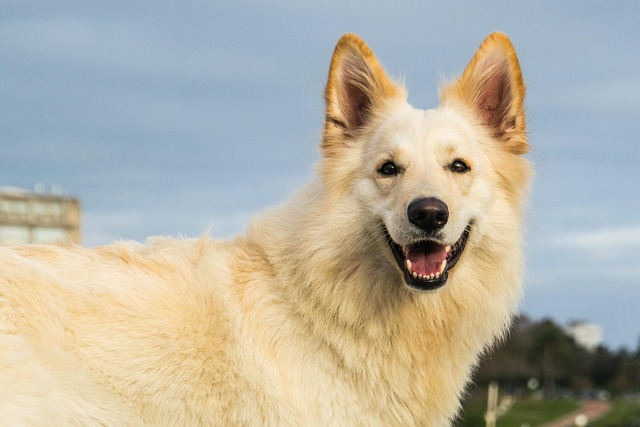
When we take our dogs for a walk or when there are guests at home, we sincerely hope that our dogs can sit still and show their well-behaved side.
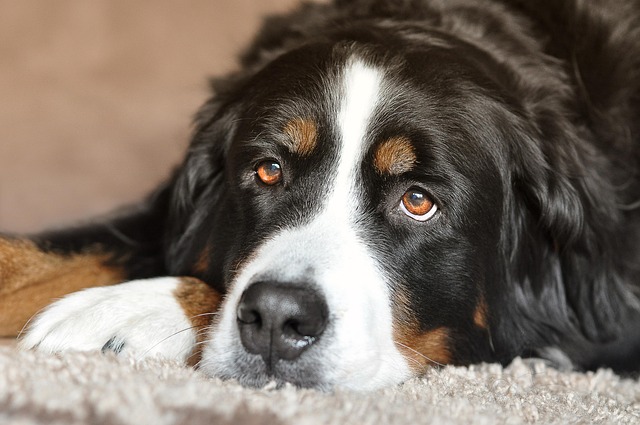
Walking a dog should be a wonderful time shared between the owner and the beloved pet. However, when the dog suddenly exerts force and drags the leash wildly, the comfort is instantly replaced by tension.
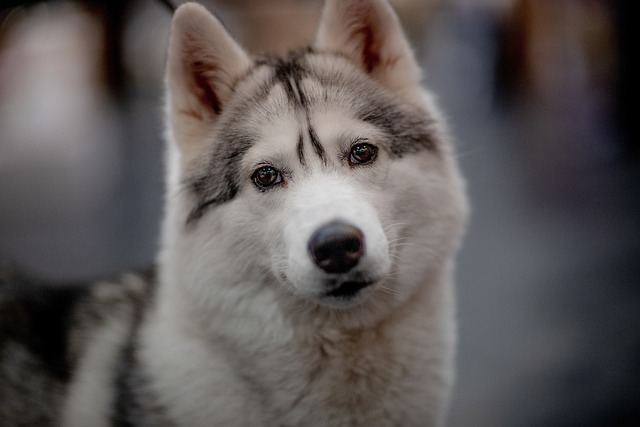
When the fluffy little puppy comes to our home, its innocent and lovely appearance instantly captures our hearts.
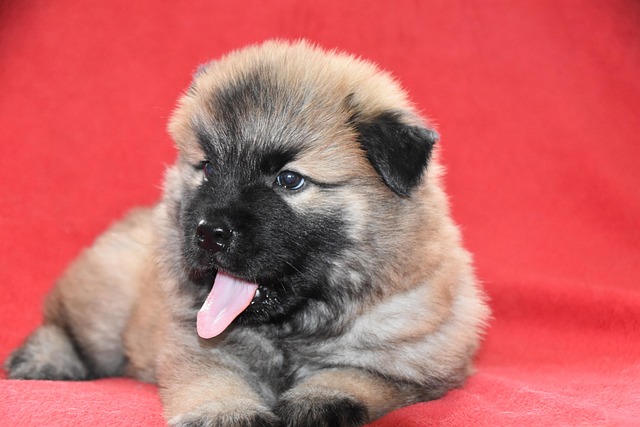
In the late night, when the whole world is immersed in tranquility, the dog at home suddenly starts barking incessantly. The sharp barking breaks through the silence,
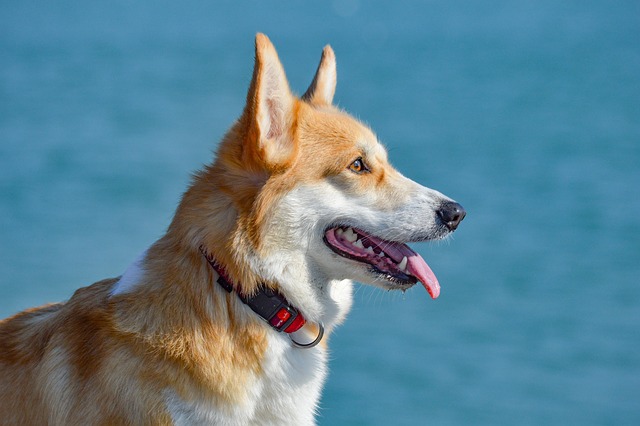
In the quiet afternoon or in the dead of night, the Siberian Husky at home suddenly starts barking loudly without any warning,